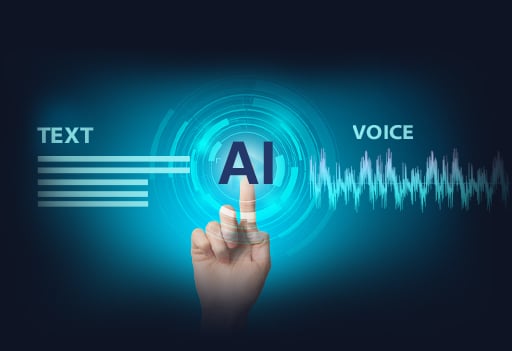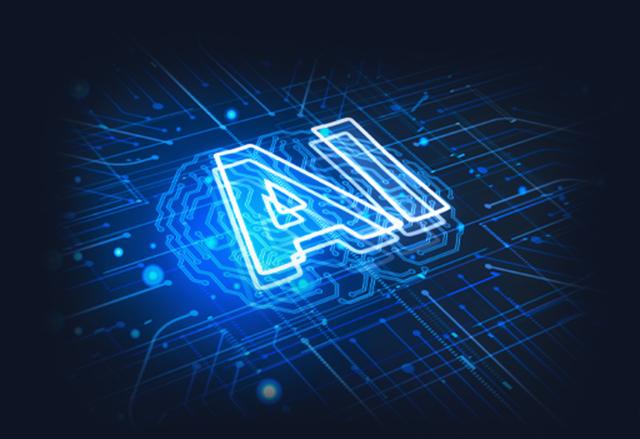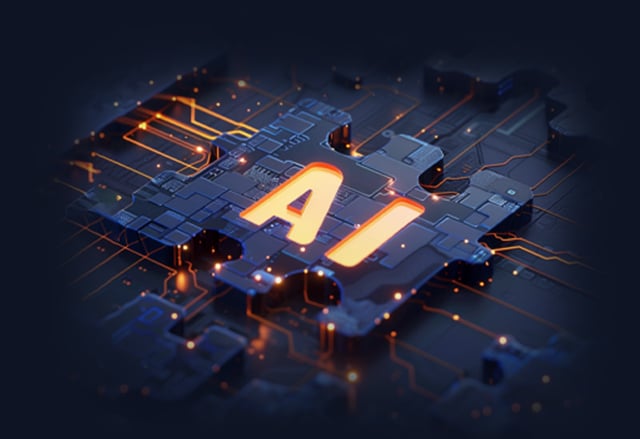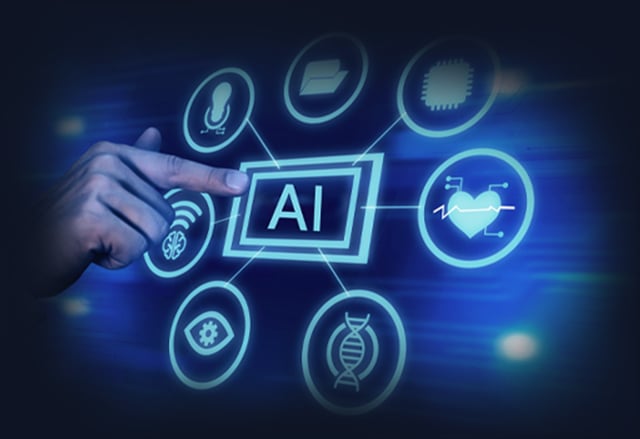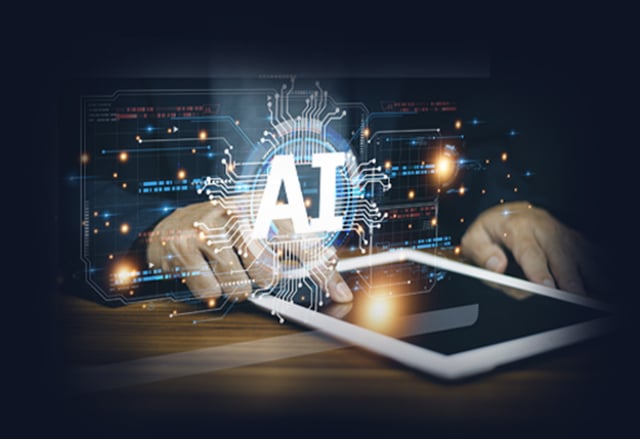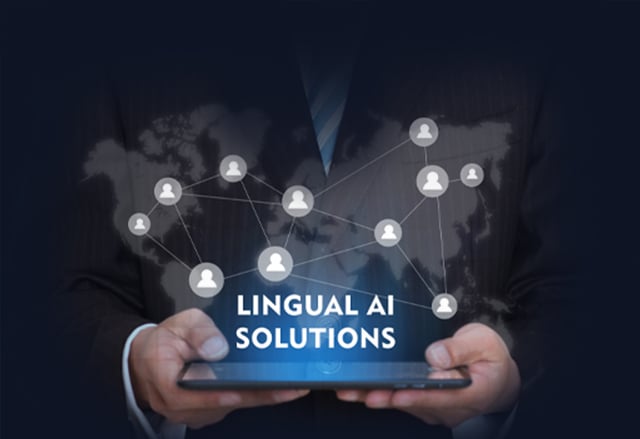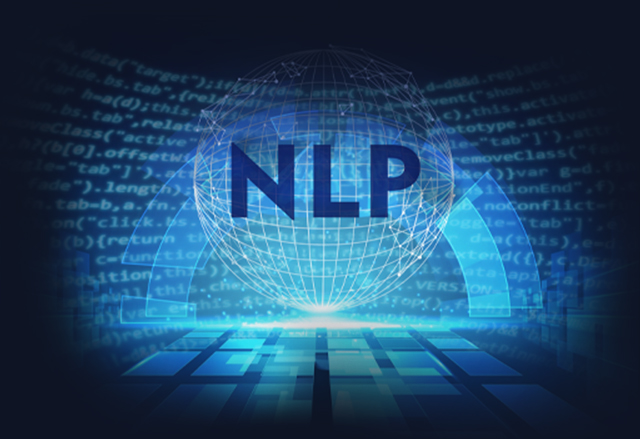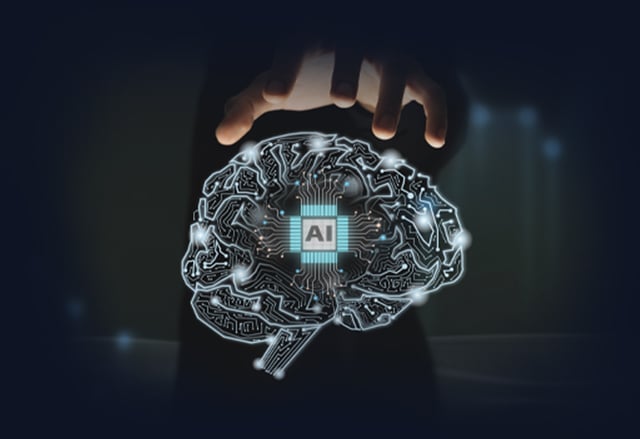Revolutionizing Workflows: Voice-Activated Data Solutions

As technology takes over, more and more businesses are incorporating speech-to-text technology into their regular daily operations. This cutting-edge technology is swiftly finding its way into various sectors, transforming our interaction with data.
As it permeates through different industries, it's redefining workflows, enhancing productivity, and setting new standards for operational efficiency.
In today's digital landscape, the adoption of voice-activated data solutions stands as a pivotal catalyst in transforming traditional workflows into streamlined, efficient processes.
This revolutionary technology not only expedites tasks but fundamentally alters how industries operate,
elevating productivity and accessibility in unprecedented ways.
Understanding Speech-to-Text Technology
Speech-to-text technology (STT) is an advanced system designed to transcribe spoken language into written text.
This cutting-edge technology utilizes sophisticated algorithms and neural networks to accurately interpret and convert spoken words into text format.
It operates through a multistep process
First, it captures the audio input through microphones or other audio-capturing devices.
Next, the captured speech undergoes digital signal processing, where it's analyzed for sounds, patterns, and linguistic features.
This process involves breaking down the spoken words into phonemes, the smallest units of sound in a language.
Following this analysis, the speech recognition technology matches the detected phonemes with an extensive database of linguistic models and statistical probabilities. Using machine learning and natural language processing techniques, the technology identifies words,
phrases, and contextual meaning within the spoken content, ultimately generating an accurate textual representation.
Key components like acoustic models, language models, and algorithms work harmoniously to enhance accuracy levels and adapt to various accents, dialects, and languages.
Through continuous learning from vast datasets, speech-to-text systems evolve and improve their accuracy rate over time, enabling them to comprehend diverse speech patterns and nuances.
The History Of Speech Recognition
Speech recognition started as basic software that struggled to understand human speech accurately.
Early versions faced challenges in recognizing different accents, languages, and even simple commands.
But as technology advanced, so did speech-to-text systems. Over time, researchers and engineers fine-tuned algorithms and models, making significant strides in accuracy rate and speed. They introduced machine learning and artificial intelligence, teaching computers to understand spoken words better by learning from extensive datasets.
As these systems evolved, they became smarter and more adaptable, recognizing various accents, dialects, and languages with greater precision. Advancements in neural networks and natural language processing further enhanced their ability to understand context and nuances in speech, making them incredibly efficient in converting spoken words into text.
Today's speech-to-text technology is light-years ahead. It can transcribe speech rapidly and accurately,
whether it's dictating texts, aiding accessibility for differently-abled individuals, or powering voice recognition assistants like Siri and Alexa, making our lives easier and more connected than ever before.
Embracing Voice-Activated Data Solutions in Business
Voice-activated data solutions go beyond traditional speech recognition, integrating with various business systems to enable seamless, voice-driven interactions.
Here's a deeper look at the key advantages and benefits that voice-activated data solutions offer to businesses, illustrating their role in transforming the modern workplace.
Enhanced Productivity and Operational Efficiency
Voice-activated data solutions are revolutionizing workplace productivity.
By enabling professionals to use voice commands instead of manual inputs, these tools significantly cut down on the time spent on typing and data entry. This shift allows teams to focus more on strategic tasks and creative thinking. By streamlining workflows and reducing the manual burden, these solutions not only save valuable man-hours but also reduce operational costs, keeping business processes efficient and agile.
Advancing Accessibility and Inclusivity
These solutions are a boon for inclusivity, particularly for individuals with disabilities.
It breaks down barriers for those who find it challenging to use traditional input methods like keyboards.
For people with visual impairments or motor disabilities, speech-to-text technology transforms their interaction with digital platforms, enabling them to 'hear' and 'speak' to technology.
This inclusivity not only empowers a diverse workforce but also extends your business's reach to a broader audience, fostering a more inclusive environment.
Accuracy and Enhanced Efficiency
Voice-activated data solutions bring a high level of accuracy to business operations, effectively reducing the chance of errors common in manual data entry. Equipped with advanced voice recognition capabilities, these tools can accurately interpret various accents and dialects, ensuring precise data capture. This accuracy is crucial in minimizing the time spent on rectifying errors, thereby enhancing overall operational efficiency.
Multitasking and Resource Optimization
These solutions enable professionals to multitask effectively, allowing them to execute multiple tasks concurrently.
For example, dictating emails or reports while engaged in other activities maximizes productivity without additional resource allocation.
This multitasking capability is invaluable in optimizing resource utilization, leading to more efficient and productive workflows.
Intuitive and Natural User Experience
Voice-activated data solutions are designed to understand and respond to natural language, making interactions more intuitive and user-friendly. Unlike traditional systems that often require specific command phrases, these tools adapt to natural speech patterns, fostering a more engaging and efficient user experience. This human-like interaction reduces the learning curve for new technology adoption and enhances user satisfaction.
Essentially, voice-activated data solutions are reshaping the business environment.
Their integration into various business processes marks a significant step towards a more efficient, inclusive, and innovative workplace.
Applications Of Speech-to-Text Technology Across Sectors
Speech-to-text technology, with its ability to transform spoken words into digital text, is revolutionizing operations across multiple industries.
This innovative tool is not just enhancing productivity but is also reshaping how tasks are performed in various sectors. From healthcare to e-commerce, speech recognition technology is bringing about a paradigm shift in the way services are delivered and received.
Let's delve into how this technology with its voice-activated digital solutions is being applied across different fields, highlighting its transformative impact.
Healthcare
In healthcare, speech-to-text technology significantly enhances clinical documentation and patient record management.
Voice-activated solutions aid healthcare professionals in dictating patient notes directly into electronic medical records (EMRs), thus saving time and improving accuracy. This technology is crucial for transcription processes, and its evolving capabilities may soon assist in diagnosis and treatment. It also reduces the administrative burden on healthcare providers, allowing more time for patient care.
Government
In government services, speech-to-text technology can streamline administrative processes and improve citizen engagement. It can be utilized in public service systems for quicker response and better accessibility.
Government agencies can employ voice-activated solutions for efficient document processing,
meeting transcriptions, and enhancing the accessibility of public services to citizens with disabilities.
It's also instrumental in data collection for various government-led surveys and studies.
Telecom
For the telecom industry, voice recognition and speech-to-text are transforming customer service.
They enable more interactive automated response systems for handling customer inquiries.
This technology can also analyze voice data for quality assurance and compliance purposes, offering insights into customer needs and improving the overall customer experience.
Speech recognition also facilitates personalized and efficient customer interactions, setting new standards in customer service within the industry.
Fintech
In fintech, speech-to-text technology is revolutionizing the way customers interact with financial services.
It allows for voice-enabled banking, where customers can perform transactions, check balances, and receive financial advice through voice commands. It enhances security with voice authentication and provides a more accessible banking experience, especially for users with physical disabilities or those preferring hands-free operations.
E-commerce
E-commerce benefits significantly from speech-to-text technology through enhanced customer experience.
It enables voice searches and voice-activated ordering systems, making online shopping more convenient and accessible. Customers can effortlessly search for products, place orders, and track their deliveries using voice commands, thereby simplifying the online shopping process and making it more user-friendly.
Business and Communication
In the realms of business and communication, speech-to-text technology is a game-changer.
It facilitates the dictation of emails and documents, voice-enabled data searches, and real-time transcription of meetings, enhancing productivity and collaboration. This technology also assists in language translation and accessibility, making global business communication more effective and inclusive.
In essence, the growing adoption of speech-to-text technology in various sectors is a testament to its versatility and effectiveness in addressing the diverse needs of various industries. As we peer into the future, imagine a world where speaking to technology is as natural as breathing, where every voice is heard,
understood, and empowered. This technology holds the promise of a future where barriers dissolve,
tasks become effortless, and human potential knows no bounds. It's not just about what it does, it's about the boundless opportunities it unlocks, transforming challenges into triumphs and paving the way for a more connected, inclusive, and efficient world.
Frequently Asked Questions (FAQs)
How can businesses integrate speech-to-text technology effectively?
Businesses can integrate speech-to-text effectively by choosing reliable software, training models for industry language, ensuring device compatibility, and prioritizing data privacy.
How is Speech to Text Used?
Speech-to-text captures audio input, processes it into phonemes, and uses machine learning and natural language processing to generate an accurate textual representation of the spoken words.
What are the future trends in voice-activated data solutions?
Future trends in voice-activated data solutions include enhanced natural language processing for more nuanced understanding, personalized user experiences, expanded multilingual support, and improved context understanding for more intuitive interactions.


